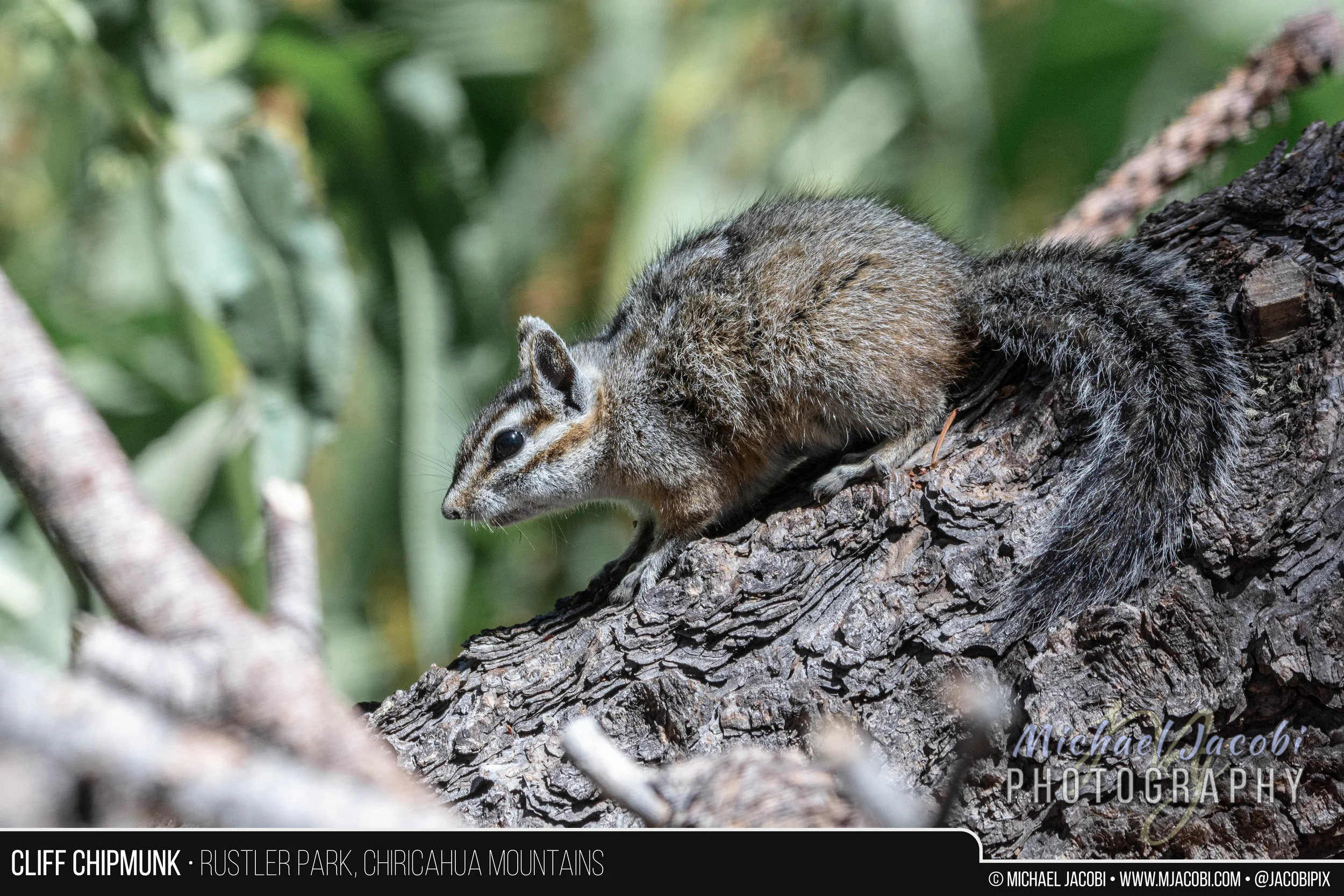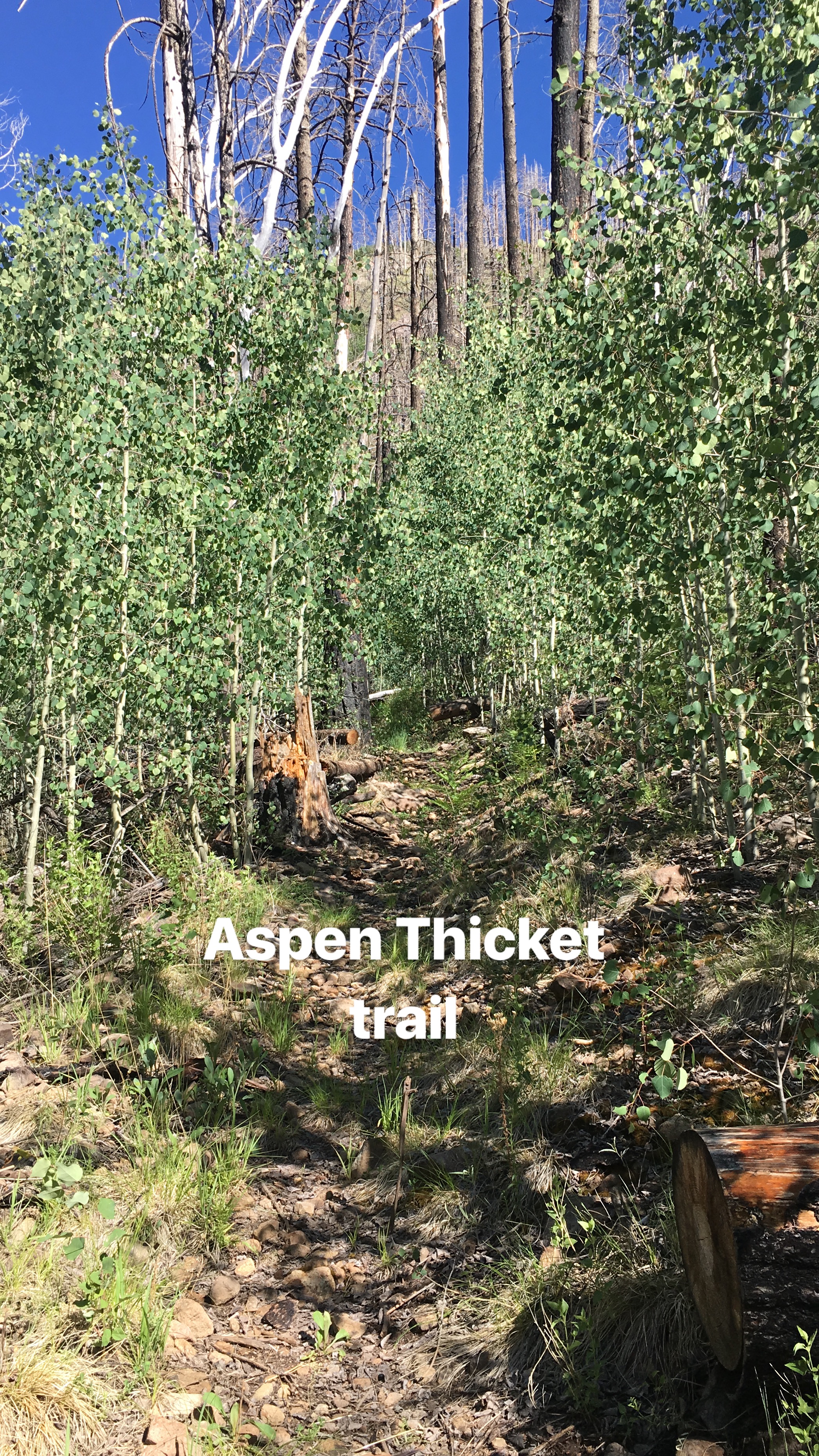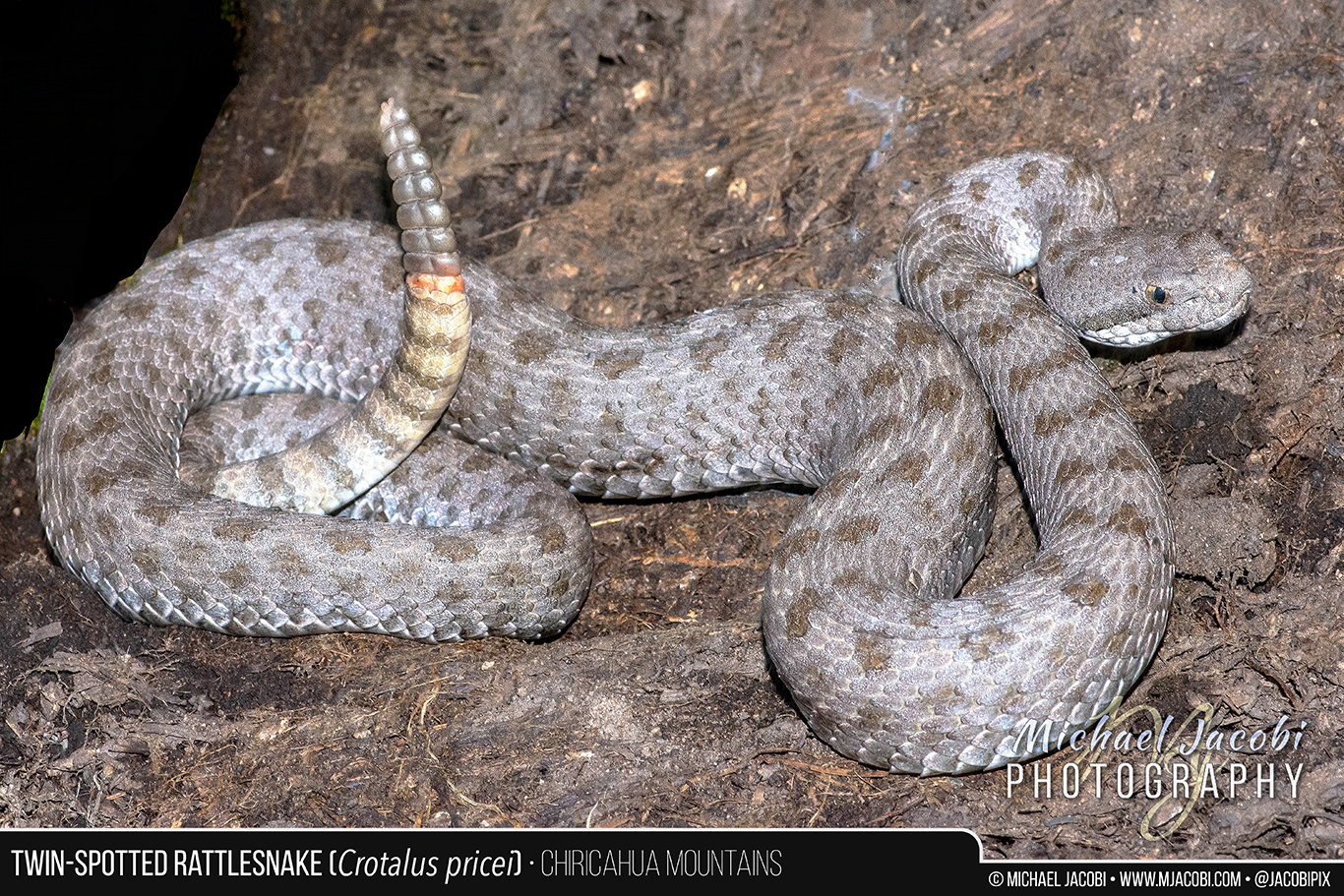I hadn't seen Chad Campbell in far too long. I tend to lose touch with people even in the best of times, and heading out to live on the road at the beginning of 2017 didn't lessen that propensity. Still, more sociable people can always reach out to solitary me, so I am never willing to take all the blame. And Chad did just that with an unexpected text asking whether I'd pick him up in Phoenix if he landed there. I have no clue how long it had been since we'd had any contact other than liking each other's Instagram posts, but it didn't affect my reply. I told him Tucson or El Paso were cool as they are 2.5 and 3 hours away, respectively, but Phoenix (5 hours) was a no.
Chad and a Green Chile Cheeseburger at the Portal Cafe
There is a very, very short list of people that have an open invitation to visit me and Chad certainly was on it, but after a few casual mentions last year to a few of the honorees of that mental list, I really didn't talk to anyone at all this year. As you read in the previous blog entry, my bonus dad Joel just visited and we had arranged that trip even before I left his house the day after his birthday in mid-April. He was set to spend my birthday here with me the first week of August and, other than visits by my arachnologist friend Brent Hendrixson, I didn't anticipate any other visitors. But Chad was itching to return to Arizona after his previous visits to Tucson for American Tarantula Society conferences that have since fizzled out, and without much hesitation he bought his plane tickets and I scrambled to switch with other volunteers to free up my schedule not one week after I had taken an entire week off from the Cave Creek Canyon Visitor Center in the northeastern Chiricahua Mountains to spend all my time with Joel.
Jump ahead to another trip to Tucson the night before picking up a guest. Again I wanted to road cruise for sidewinder rattlesnakes, and this time a guy I met through Instagram had recommended a road west of the one I had cruised the night before I picked up Joel. Heading out past the Old Sasco Ruins through rugged Sonoran Desert into a stormy dusk, I truly felt in the middle of nowhere. Just off the interstate the town of Red Rock, Arizona is new modern suburbia, but quickly the cookie cutter adobe family homes give way to sandy desert grassland scrub. Then, out of nowhere, I came upon a massive feed lot and sights and smells that will turn you off of beef for life. Thousands upon thousands of cattle stood shoulder to shoulder and I looked away and picked up the pace before the strong odor became too much. The pavement then ended and the dirt road soon disappeared into saguaros reaching toward the purplish gloomy sky and I was swallowed by the desert. I was glad there was still light so I could read the warning signs about road closures, flash flooding, federal agents and more, and I drove deep into the desert between the mountains and back out to learn the area before darkness. The road had many steep dips that recent rains had filled with water and rocks and several crossings were of great concern. One held as much water as I'd ever want to drive my truck through (and I did it four times) and another was very wet but also very rough with big rocks that had washed into the crossing. There were many "stream crossings" and quite a bit of rough road. That night I tested my truck more than any other.
Portrait of that night's Sonoran Desert Sidewinder (Crotalus cerastes cercobombus)
Sonoran Desert Toad (Incilius alvarius), one of several from my Old Sasco Road adventure.
Flashing forward once more, the next morning I was back at Tucson International Airport early enough for a local beer. As I finished up and started towards Chad's arrival, he texted me that he was already outside having a cigarette, his very short flight from Phoenix arrived early. His first request, even before he had left Minneapolis, was that we head from the airport directly to In 'N Out Burger, the legendary West Coast fast food icon. Then it was off to a giant liquor store I had scouted the day before for a connoisseur's collection of West Coast India Pale Ales for Chad, plus a small selection of lagers for me including not only Grand Canyon pilsner but my beloved Imperial from Costa Rica. Then we headed east to Willcox for groceries and on to an area known to contain two tarantula species, which Chad had explored a couple years prior during one of his Tucson visits. Rain shortened our time - and unsuccessful search - at the tarantula site, and we pushed on back here to Cave Creek Canyon. Chad would be the first visitor to actually bunk in my Wheelhouse and we had groceries and beer to stow and food to grill. But first Chad unpacked some very generous birthday gifts he had hauled all the way from Minneapolis, incurring overweight bag charges in the process in order to bring me some special beverages and a coffee cup. There were two imperial stouts and a giant Ziploc bag containing eight pint cans of one of my personal favorites brewed in Minneapolis - Indeed Brewing Company's Mexican Honey Imperial Lager.
Chad's visit was only from midday Friday to midday Tuesday so we were working with limited time. Chad wanted to see tarantulas and rattlesnakes most and that he did. Saturday we made a trip into New Mexico and down into the Peloncillo Mountains to search for the tarantula I had pursued with Brent and his students only a couple weeks earlier. Successful in finding that special American spider again, I then took him to the scorpion site where I had taken four of Brent's students.
Aphonopelma peloncillo, a Peloncillo Mountains endemic
Chad had only seen Western Diamondback Rattlesnakes before, and he added quite a few more of those to his life list, plus many more first-time ('lifer') Mohave Rattlesnakes and one special encounter with the third species of our trip, my favorite, the Black-tailed Rattlesnake. And he found it himself! I had taken up South Fork Road and South Fork Trail in search of the Elegant Trogon, the rare bird people come from around the world to see here, and - though we didn't find the trogon - during a search of a cabin for jumping spiders Chad found a young blacktail a few feet off the ground, nestled in the rock exterior rock wall. The snake didn't move as we took in situ photos of how we found it, including the smartphone image to the left, and then Chad returned to my truck which was parked nearby to get the rest of our needed camera gear and one of my snake hooks. Black-tails are usually placid rattlesnakes and this yearling snake certainly was very cooperative as I then moved it onto a nearby group of flat rocks so that we could photograph it further.
Chad's "lifer" Western Black-tailed Rattlesnake (Crotalus molossus)
Another snake that Chad had repeatedly mentioned that he was hoping to see was a kingsnake. We have two here, the tri-colored Mountain King here in the mountains, and the Desert Kingsnake in the foothills and surrounding desert. Both can be very elusive so it was quite a thrill when one night's road cruising, the night we went down to the Peloncillos, included this beautiful black-hooded king.
Desert Kingsnake (Lampropeltis splendida), Hidalgo Co., New Mexico
Chad and I share a love of jumping spiders and he has become quite accomplished at doing true single-exposure macrophotography of jumpers using the same 1:1 100mm Tokina macro lens I use plus a 2.5X magnifier and a special light set-up. We were fortunate to find quite a few special jumping spiders during his visit. One was at almost 8400 ft elevation at Barfoot Park, and we also found cool jumpers right at my camp at the corral and a number of photo sessions took place on my picnic table.
Chad photographing a jumping spider in the high elevation mixed conifer forest of Barfoot Park
One of Chad's images from the above photo shoot (Phidippus toro, female) © Chad Campbell
On Chad's last night here, we went for another dinner at Portal Cafe and then Chad chose to return to the corral to enjoy some beer, conversation and image processing over another night of road cruising for snakes. But on the way back into the canyon we were destined for one more snake during his visit, which he called his "snake-cap", and it was a special one at that.
Our "snake-cap", adult Sonoran Lyre Snake (Trimorphodon lambda)
I don't know where I'll be next year, but if I am in the Chiricahuas I am hoping Chad will return and bring his girlfriend April with. We even talked about getting a small gathering of mutual friends together for more herping and spidering fun and more connoisseur brews and good food.
This "spirited" Mohave Rattlesnake (Crotalus scutulatus) put on quite the show for Chad as it tried to "kiss" me





























![Mexican Hog-nosed Snake [Heterodon kennerlyi]](https://images.squarespace-cdn.com/content/v1/59246e92579fb3f9efe38e71/1500306803068-G6MIPR3XTGX5KZY3O8SJ/image-asset.jpeg)